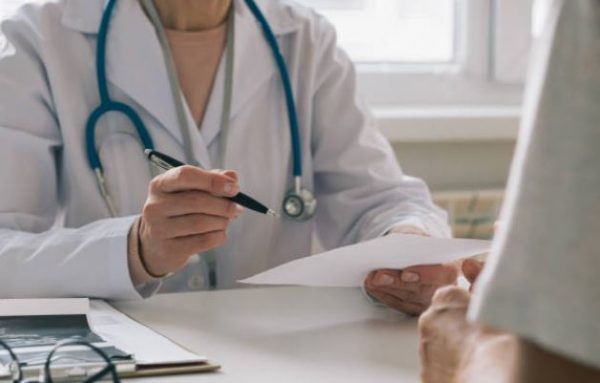
To prevent or manage these conditions, work with your doctor. You also can take some simple steps that will help you lower your cholesterol — and your risk of these related diseases.
1. Cholesterol and coronary heart disease
The main risk from high cholesterol is coronary heart disease, which can lead to death from a heart attack. If your cholesterol level is too high, cholesterol can build up in the walls of your arteries. Over time, this buildup — called plaque — causes hardening of the arteries, or atherosclerosis.
Arteries that feed the heart can narrow in certain areas (focal narrowing) and slow blood flow to part of the heart muscle. Or cholesterol plaques break off and float to smaller blood vessels and cause a partial or total blockage. Sometimes inflammatory cells might go to the broken plaque area and cause a narrowing there as well. Reduced blood flow can result in chest pain called angina, or in a heart attack if a blood vessel gets blocked completely.
2. Cholesterol and stroke
Cholesterol plaques don’t just line your blood vessels in and around your heart, but they also narrow certain arteries that lead to your brain. If a vessel carrying blood to the brain is blocked completely, you could have a stroke.
3. Cholesterol and peripheral vascular disease
In addition to your heart and your brain, cholesterol plaque can cause symptoms in your legs and other areas outside of your heart and brain (peripheral vascular disease). Legs and feet are most common. You might notice cramps in your calves when you walk that get better with rest. This is like angina — it works the same way — but in your legs instead of your heart.
4. Cholesterol and diabetes
Diabetes can upset the balance between levels of HDL, or “good” cholesterol, and LDL or “bad” cholesterol. People with diabetes tend to have LDL particles that stick to arteries and damage blood vessel walls more easily. Glucose (a type of sugar) attaches to lipoproteins (a cholesterol-protein package that enables cholesterol to travel through blood). Sugarcoated LDL remains in the bloodstream longer and may help plaque form. People with diabetes, especially type 2 diabetes, can have low HDL and high triglyceride (another kind of blood fat) levels. Both of these boost the risk of heart and artery diseases.
5. Cholesterol and high blood pressure
Though high blood pressure (also called hypertension) appears linked to cholesterol levels, doctors continue to study exactly how. High cholesterol seems to trigger inflammation and the release of certain hormones that causes blood vessels to tighten or “constrict” and so raises blood pressure. Doctors call it “endothelial dysfunction, when blood vessels behave this way.
High blood pressure is also linked to heart disease.
6. Cholesterol and erectile dysfunction
Erectile dysfunction is when a man can’t achieve or maintain an erection during sex. Over the long term, high cholesterol seems to trigger a narrowing of the smaller blood vessels of the penis when they should be stretching to allow more blood for an erection (endothelial dysfunction again). In addition, when you have too much LDL cholesterol, it can build up in arteries and then join with other substances to form plaque that hardens and narrows further blood vessels (atherosclerosis). The result can be less blood flow to both the heart and the penis, which can lead to erectile dysfunction.
5 steps to lower cholesterol and risks of related diseases
A few simple changes can lower your cholesterol and cut your risk for conditions linked to high cholesterol.
- Ask for expert advice on lifestyle changes. Your doctor can help you come up with a plan for healthy eating and exercise.
- Give your diet a makeover. Go for foods like oatmeal, walnuts, tuna, salmon, sardines, and tofu. Stay away from things that are high in trans and saturated fats and simple sugars.
- No smoking. It lowers your “good” (HDL) cholesterol. If you quit, you’ll have more of it. There are lots of other benefits for your whole body.
- Get moving! Even modest amounts of exercise, like half an hour a day of brisk walking, help you control weight. It’s also good for other things that put you at risk for heart disease, like diabetes and high blood pressure. Exercise can lower your triglyceride levels and raise your “good” (HDL) cholesterol. Both are good for your heart.
- Take your medications. Your doctor may prescribe medicines to help lower your cholesterol. Take them as directed. Questions? Ask your doctor or pharmacist.




